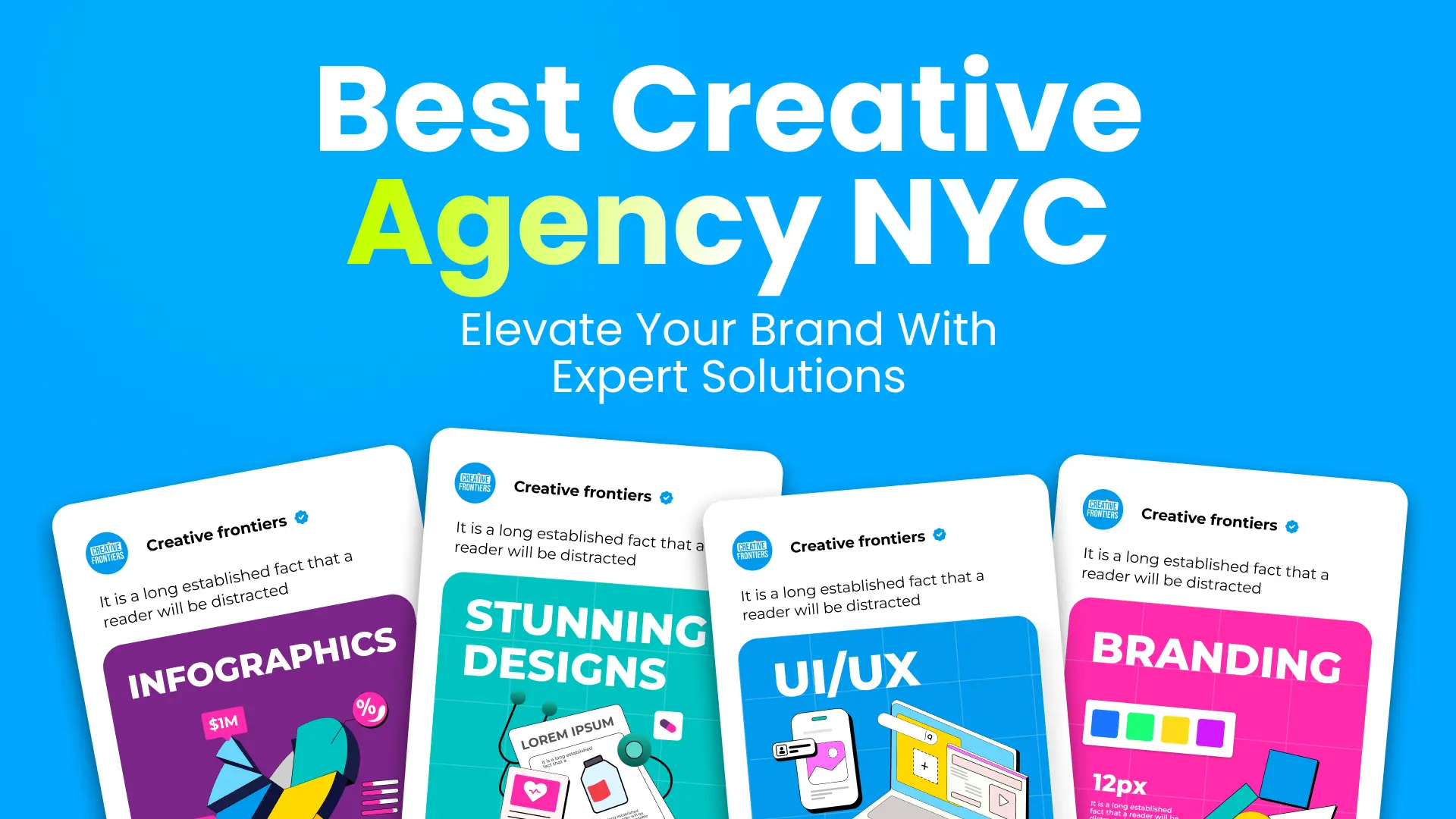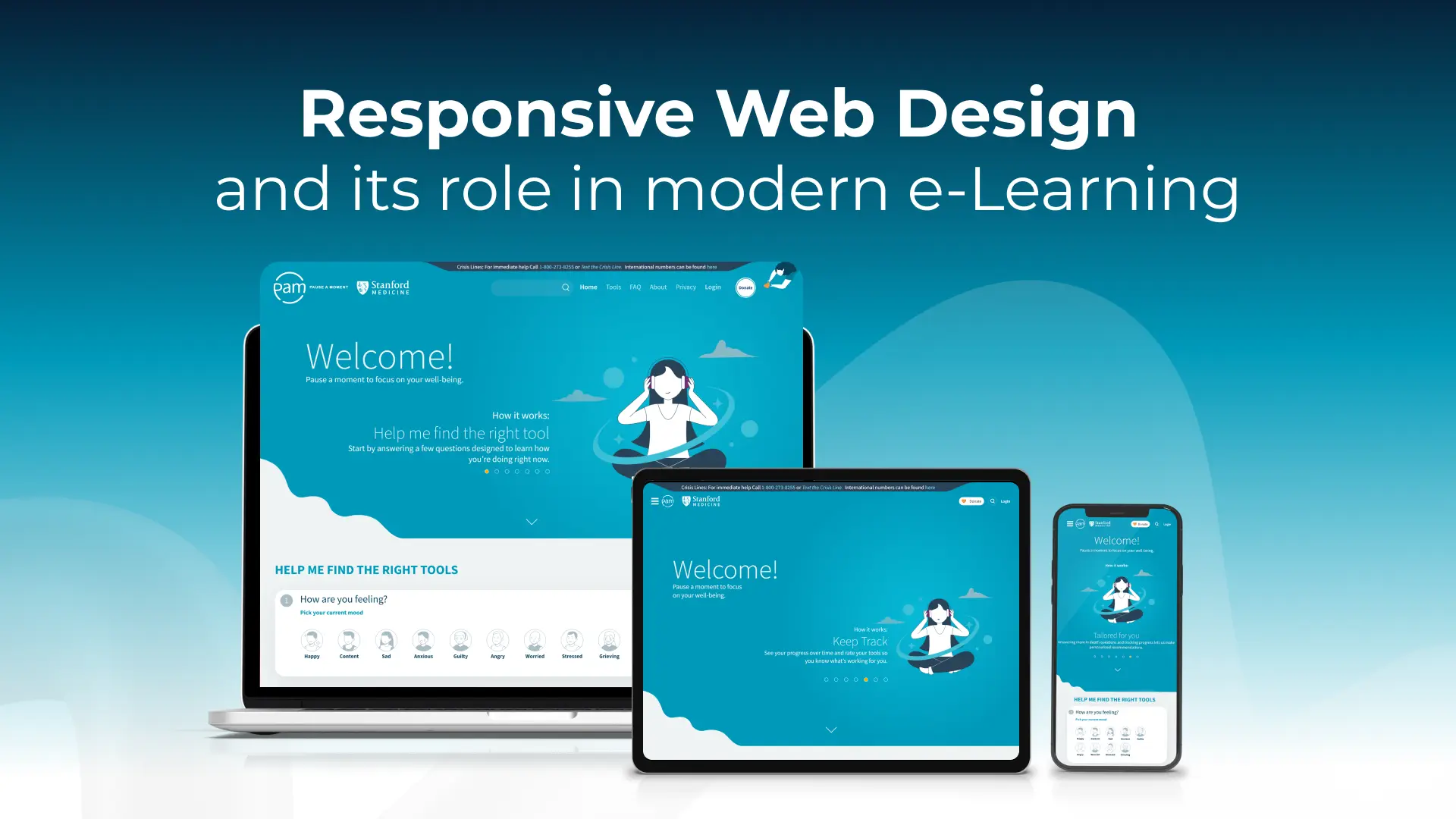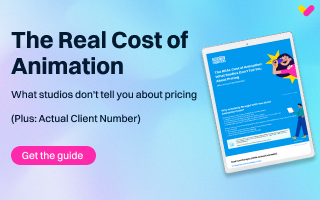
Web Design That Delivers In 2025 [and beyond]
Development
October 28, 2025
10
minutes
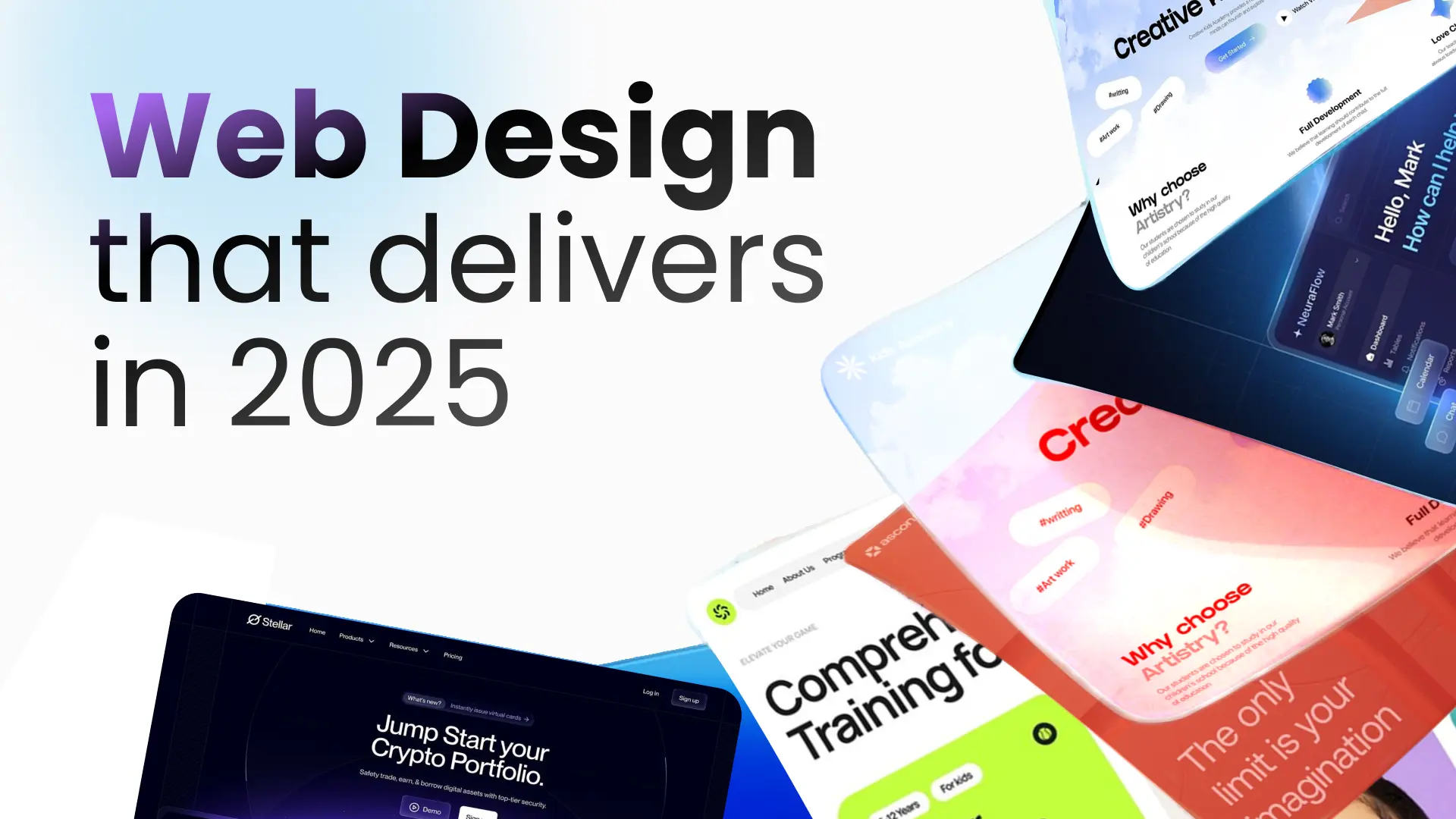
About the project
It is a long established fact that a reader will be distracted by the readable content of a page when looking at its layout. The point of using Lorem Ipsum is that it has a more-or-less normal distribution of letters, as opposed to using 'Content here, content here', making it look like readable English.
Video styles
Industries
Services
Our involvement
Storyboarding
Commercial Production
Dedicated Project Manager
Dedicated Project Manager
Dedicated Project Manager
Typically takes 15 minutes
A good web design speaks to your users before you do. It can make or break your business. With so many companies relying on online platforms, you cannot neglect the role of an excellent design. What do you risk when your digital storefront is not in order? Losing 8 out of every 10 users who visit your website.
Let’s explore the art and strategy of web design.
What Is Web Design?
Technically, web design creates visually appealing websites that are easy to navigate and optimized for user interaction across different devices. It blends visual design, user interface (UI), and user experience (UX) design principles to ensure a seamless experience for site visitors.
From choosing the right color palette and layout to ensuring responsive design and web accessibility, a well-designed website looks good and functions effectively across various screen sizes. Whether using website builders or opting for custom web design through a web design company, the goal remains: to engage the target audience, reflect the brand identity, and convert visitors into customers.
Why Web Design Matters In 2025
Great web pages are more than pretty screens. They are strategic tools for conversion, communication, and credibility. Every site part, from user interface design to responsive web design, must function smoothly across different devices and screen sizes.
With billions of users navigating the World Wide Web daily, good web design ensures that site visitors don’t just land on your page; they stay, engage, and return.
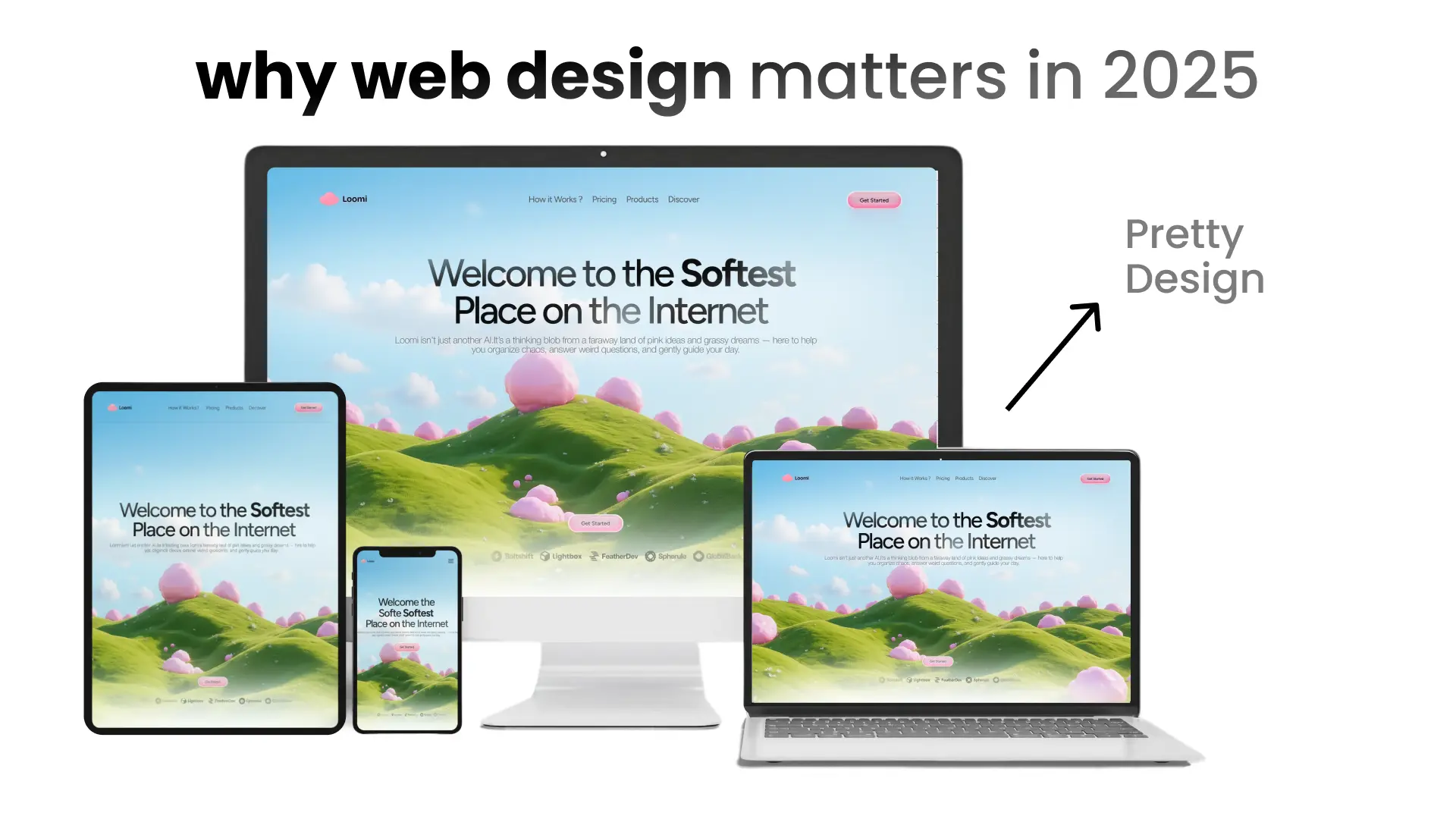
The Technical Benefits of Web Design
Beyond aesthetics, effective web design delivers significant technical advantages that directly impact performance and visibility in today’s digital world. A well-structured site improves how easily it can be indexed by a search engine like Google, laying the foundation for strong search engine optimization (SEO).
When your website is built with clean code, optimized images, and strategic use of tags and metadata, it becomes far more discoverable to users actively searching for services like yours. Additionally, thoughtful design ensures consistency across devices and platforms, reducing the need to duplicate or reformat the same content for different environments.
Whether it’s written content, video, or interactive elements, a technically sound site delivers it all seamlessly, enhancing load speeds, improving accessibility, and boosting engagement. For example, optimizing images and code structure can significantly reduce page load time, which improves user experience and supports better SEO performance.
Ultimately, good technical design is what allows your site to not just look good, but work efficiently and rank competitively in a crowded digital space.
4 Principles of Effective Website Design
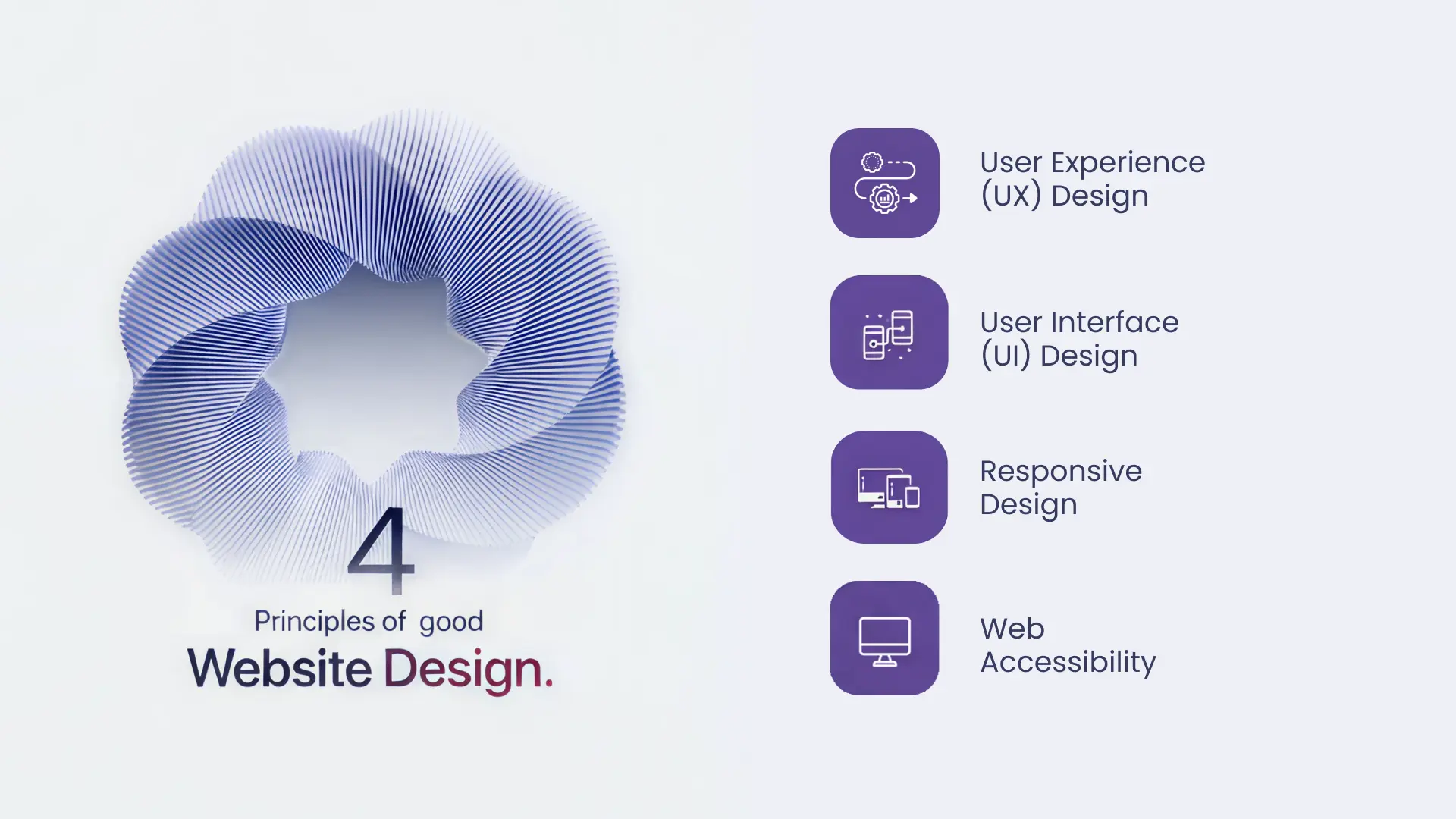
Here are some core design principles that guide successful website builders and developers when designing websites:
1. User Experience (UX) Design
At the heart of every user-friendly website is thoughtful user experience design. This involves understanding the needs of one user and then scaling that insight to thousands. An intuitive layout, logical navigation, and fast load times contribute to great UX.
2. User Interface (UI) Design
UI design focuses on a website's look and feel. This includes everything from visual elements like buttons and icons to the overall color palette and typography. The Interaction Design Foundation emphasizes that UI design should guide users toward their goals with minimal friction.
3. Responsive Design
Today’s users access websites on mobile devices, tablets, laptops, and desktops. A responsive design ensures your web content adjusts dynamically across different styles and screen sizes. This is not just good practice, it’s expected.
4. Web Accessibility
A web designer must consider all users, including those with disabilities. Web accessibility ensures that your site design works for everyone by incorporating keyboard navigation, text alternatives for images, and readable fonts.
Make A Good Web Design In 7 Steps
Creating a good web design means crafting such a site that not only looks professional but also delivers a seamless experience across devices and platforms.
.webp)
Here are seven key steps to help you build a website that balances visual appeal, usability, and performance:
1. Define Your Purpose and Audience
Before diving into design, clarify what the website is for and who it serves. Understanding your target audience helps shape both content and layout decisions to meet their expectations.
2. Focus on Strong Design Elements
Use consistent design elements like color schemes, fonts, buttons, and iconography to build a cohesive visual identity. These elements guide user interaction and reinforce your brand’s personality.
3. Create a Visually Appealing Layout
Visual appeal plays a critical role in engaging users. Use whitespace strategically, prioritize readability, and maintain a balanced layout that directs attention to key areas of the page.
4. Optimize for One Page or Multi-Page Structure
Decide whether your website needs multiple pages or a one page layout. Single-page websites are ideal for focused content, while multi-page structures work well for sites with broader offerings.
5. Ensure Cross-Browser Compatibility
Test your website on every major browser (like Chrome, Firefox, Safari, and Edge) to ensure consistent performance and appearance. A good user experience should never depend on the user's browser choice.
6. Prioritize Mobile Responsiveness and Quality
Today's users expect fast load times and flawless functionality on mobile. A responsive design that adapts to different devices while maintaining quality in both performance and visuals is non-negotiable.
7. Review, Test, and Refine
Assess your site using heatmaps, user testing, and performance analytics. Continuous iteration based on user behavior helps you improve a site over time and meet evolving needs.
Following these steps, you can design a high-performing website that attracts users, keeps them engaged, and supports your business goals.
Creating Engaging Web Pages [Best Practices]
What makes a site truly engaging?
- Strong web content that speaks to your audience
- Interactive elements like videos, sliders, and RSS feeds
- On-brand graphics and images
- Clear CTAs that guide users to take action
A skilled designer blends all these elements using thoughtful layout, consistent style sheets, and compelling copy to create a seamless experience.
Web Design Languages
While no finite number of web design languages has been defined, some are evergreen and continue to provide a seamless programming experience.
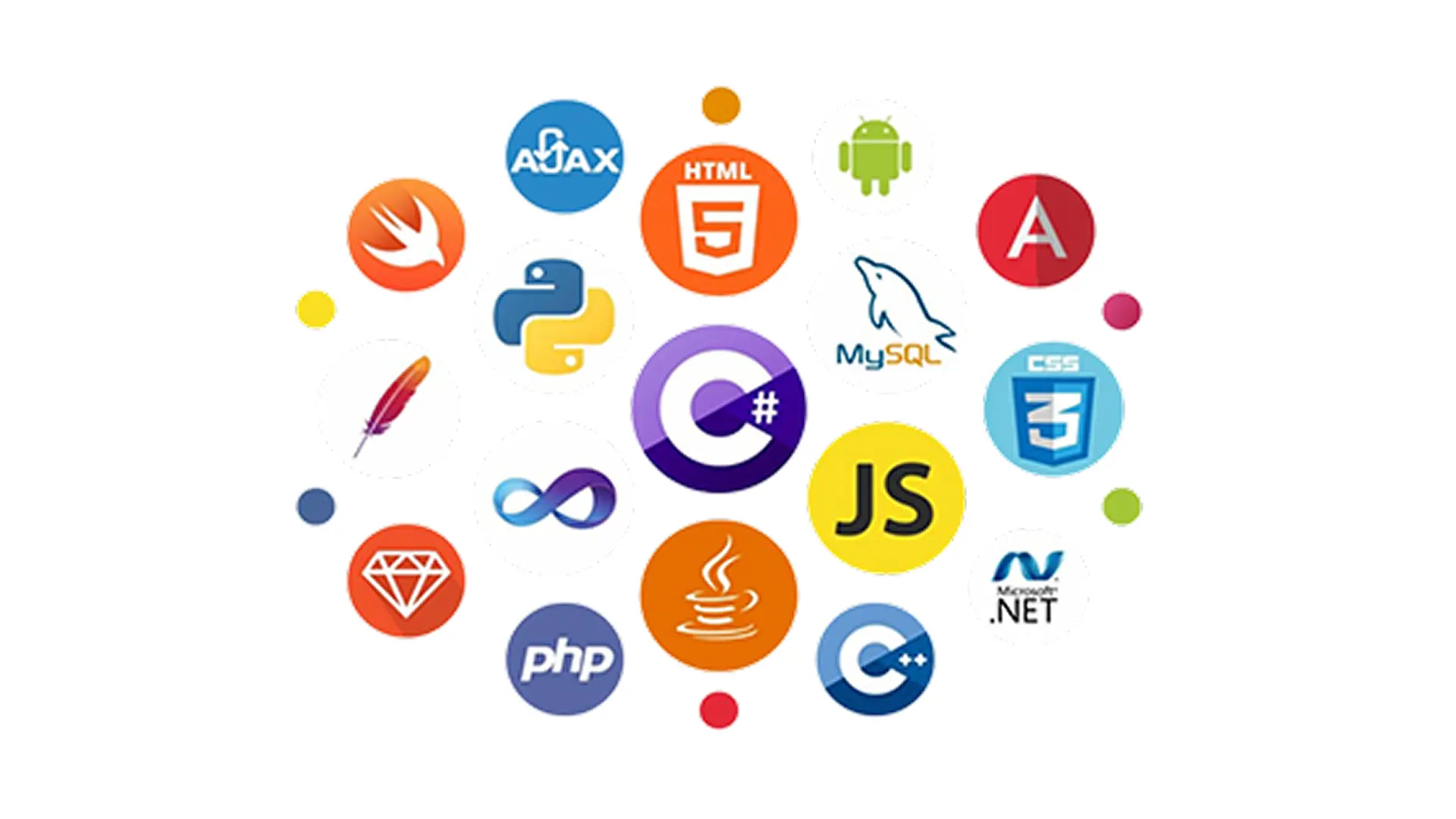
Here's a comprehensive list of programming languages:
- HTML
- CSS
- JavaScript
- PHP
- Python
- Ruby
- SQL
- TypeScript
- Java
- C#
Web Design Software
Behind the scenes, web designers and developers use various design tools, design software, and programming languages to bring designs to life. Tools like Figma, Sketch, and Adobe XD are popular for visual design. Other popular design tools include:
- Webflow
- Canva
- InVision Studio
- Affinity Designer
- GIMP
- Lunacy
Website Builder Vs Custom Web Design
Website builders like Wix, Squarespace, and others are ideal for those seeking a fast, budget-friendly solution. They offer user-friendly templates, drag-and-drop interfaces, and prebuilt functionality that make it easy to publish a site with minimal effort.
But with that convenience comes limitation, particularly in creative freedom, scalability, and long-term differentiation. These platforms can be great for lean startups or personal portfolios, but they may fall short for businesses with specific design goals or advanced functionality needs.
On the other hand, custom web design provides a tailored approach where every pixel serves a purpose. When you partner with a professional design agency, the process is collaborative and deliberate. Designers and developers work closely with you to craft a site that reflects your brand, meets your business goals, and adapts to growth. Enhance your agency’s design prowess with innovative and effective visuals.
From nuanced user interface design to optimized site performance and SEO, such a site becomes a strategic asset and not just a digital placeholder. Custom design ensures that your web presence is visually distinctive and built to perform across devices, browsers, and evolving user expectations.
Design for the User, Always
Many web designers focus too heavily on trends and forget what matters most: the users. Remember, every page, every icon, every block of text must serve a purpose. Incorporate best design principles, prioritize user experience, and keep your audience top of mind.
When your website design aligns with your goals and resonates with your users, you’ll see more than traffic—you’ll see results. Ready to elevate your online presence? Consider working with a professional web design agency that understands the balance between form, function, and findability.
Want help designing your next site?
Contact our web design services team or call +1 202 630 7614.



%20%2B%2010%20(For%20EEI).png)

.png)



